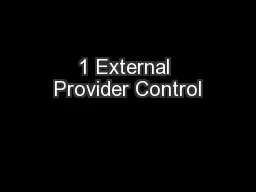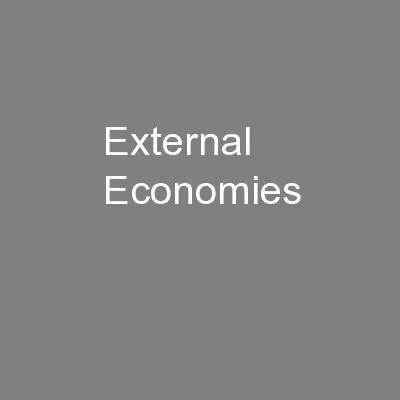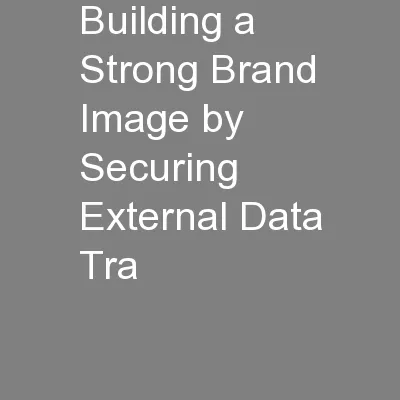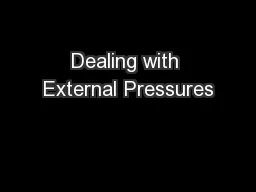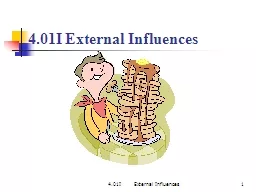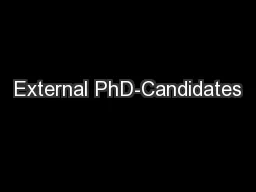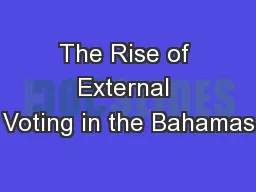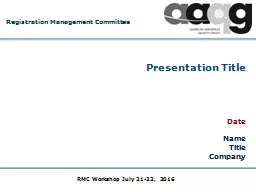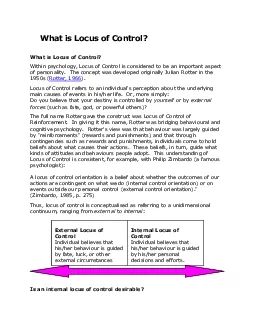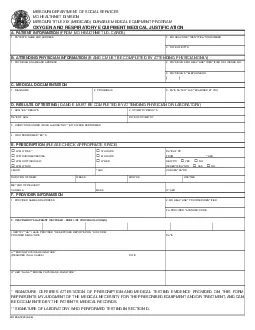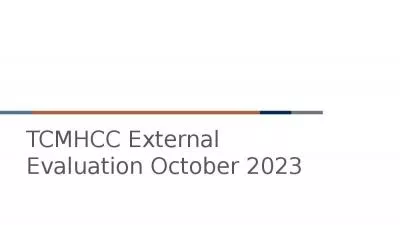PPT-1 External Provider Control
Author : tawny-fly | Published Date : 2017-07-11
July 2016 Michelle Barton Director of Aerospace Program DQS Inc RMC Workshop July 2122 2016 AS 91002016 Focus on changes to the AS specific requirements regarding
Presentation Embed Code
Download Presentation
Download Presentation The PPT/PDF document "1 External Provider Control" is the property of its rightful owner. Permission is granted to download and print the materials on this website for personal, non-commercial use only, and to display it on your personal computer provided you do not modify the materials and that you retain all copyright notices contained in the materials. By downloading content from our website, you accept the terms of this agreement.
1 External Provider Control: Transcript
Download Rules Of Document
"1 External Provider Control"The content belongs to its owner. You may download and print it for personal use, without modification, and keep all copyright notices. By downloading, you agree to these terms.
Related Documents

